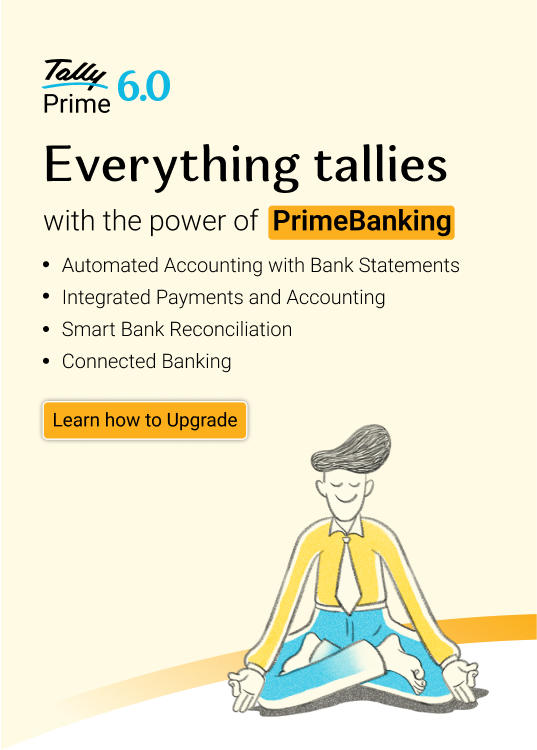Have you ever noticed this? You try selling something to your friend, and you get a non-interested, exasperated look. However, the moment you start sharing a funny or emotional anecdote related to the product, they are all up and listening, even ready to buy a few more.
That is the magic of storytelling in marketing!
Storytelling works better than shouting “Buy now!”
Who will understand the power of storytelling better than us? In India, almost every child grows up listening to stories from their parents and grandparents. Mythology, family dramas, good winning over evil, and so on. We, the Indian audience, are wired to storytelling because that’s how we connect, and most importantly, remember.
Have you ever watched an ad and teared up or got goosebumps? Well, revisit the commercial and see how it is different from the standard stuff marketers and brands try to sell. It won’t be surprising if you find that the makers of this particular ad were not even focusing on selling a product or a service. It is narrating a story, cajoling you to feel something!
Storytelling is a powerful marketing tool, and many businesses like yours are realising its true potential now.
Why does storytelling work with the Indian audience?
- We believe in stories- A camera ad that talks about megapixels versus one where a father captures his daughter’s first dance performance. Which one are you likely to remember?
- Chai matters to us more than charts- A good story is like the chai that leads to great friendships and bonds. People trust brands that talk with them, not at them.
- We are an emotional tribe- Of course, we are logical. We base our buying decisions on logic, yes! But let’s face it - between the mind and the heart, we’d usually listen to our hearts first. That is exactly where a great story hits us.
How does storytelling build your brand identity?
Just like a person, every brand has a backstory. Each one also carries a vibe—whether it's funny, serious, traditional, chic, genuine, fake, or relatable. A successful brand, if you see it, always has a personality. Business owners and marketers invest a lot of their time and money in creating a personality for their brand.
For example, when you think of Amul, what is the first thing that comes to your mind? The utterly butterly girl, right? Similarly, Tanishq is often associated with emotions like gifts from parents and grandparents, interfaith marriage, second marriage, and so on.
There are many more such brands, old and new, that have created their unique brand identity, boosting their connection with the audience. Such names command respect and trust - all this comes organically. Feeding compelling narratives to the audience consistently helps these brands stand out.
Quick tip:
Let the stories be genuine. Don’t fake it. Share real, raw narratives, especially beginnings.
Storytelling techniques that work
Some brand stories work like magic. They instantly connect with the audience. What are these techniques? Let’s see five such strategies that drive powerful engagement:
Origin stories “Hum kahan se aaye?”
This form of storytelling takes your audience to your roots. Where did you start? Why did you start? Was it personal disappointment with existing products or a market gap?
For example, Ghazal Alagh, founder of Mamaearth, shares that they started the brand after they struggled to find safe, toxin-free baby products for their newborn in 2016.
Guidance stories
Customers are the heroes. Convey through your story that your brand is the much-needed tool that will help them tackle their daily dragons.
For example, a Complan ad talks about empowering school kids with essential nutrients for concentration.
Show, don’t tell
When you see ads where brands scream ‘We are the best' or “Our products are the best,” you tend not to believe them. Instead, when you share customer testimonials, there is increased attention and connection from potential buyers.
For example, Razorpay features UX-driven storytelling, developer community support, and intuitive user design.
Emotional hooks
This is the most common form of storytelling where brands try to connect with emotions like fear, joy, love, nostalgia, humour, etc.
For example, Homegrown achaar brands stimulate emotions with the ‘maa ke haath ka swad” caption.
Consistent characters and voice
Use recurring elements like taglines, colours, mascots, etc., to reinforce your branding.
For example, Amul’s ‘Taste of India’ or Vodafone’s initial tagline ‘Wherever you go, our network follows’ is instantly recognisable.
Infographic content: Key elements to craft a great brand story
- Authentic narrative
- Understanding of the target audience
- Clear, concise, and striking message
- Emotional appeal
- Visual and verbal elements
Where to tell your story?
Thankfully, there are various platforms and means to narrate your brand story today.
- Your website: The ‘About Us’ page is a great place to start.
- Social media: Of course, we cannot ignore the power of Instagram reels, LinkedIn posts, and WhatsApp broadcasts.
- Product packaging: This is your playground - make the most of it.
- Emails and newsletters: Offer behind-the-scenes peeks. Make it interesting.
- Blogs and vlogs: Share customer success stories, day-in-the-life posts, and how-it-is-made videos.
Quick tip:
You need to find the places where your audience hangs out - go and tell your story there.
Storytelling doesn’t have to be pushy to drive sales
Yes, the bottom line is ‘SALES’, and storytelling is a way to do it. With a good story, chances are that your sales KPIs will skyrocket in no time. Why? It is because of the following reasons:
- People notice you even in a crowded market.
- They remember you because good stories are often sticky, like halwa on fingers.
- They trust you because they can relate to your story.
- They recommend you when they believe you.
- They buy from you as it is no more about a product. Your story is their story too.
Wrapping up
Storytelling is not about hiring a novelist or writing a screenplay. All you need to do is humanise your brand and let it do the talking. For every ad or post that is ready to go out, ask yourself - Is the brand telling a story this time? If the answer is yes, go ahead; if it is a no, you need to go back to the thinking table again.
Remember, in India, stories are like superpowers. They can take your brand to places. They can build trust and connect. However, your story needs to have a soul.










